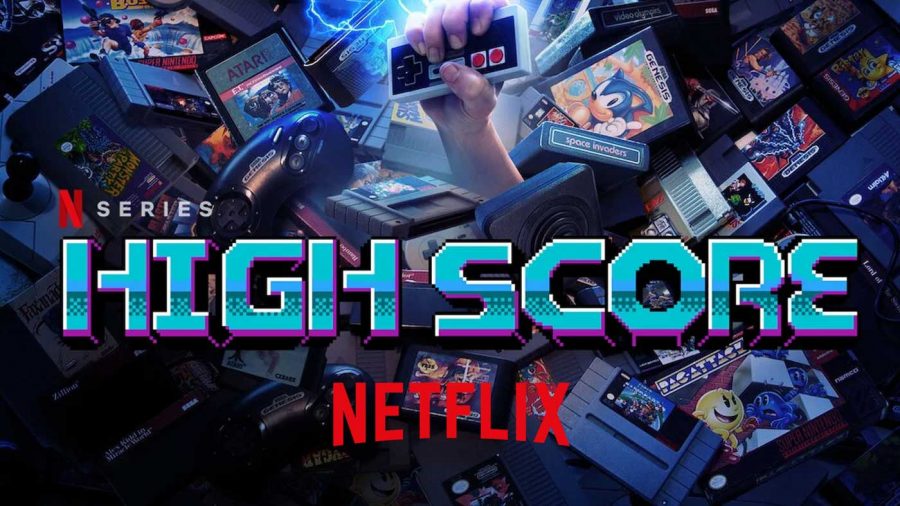Netflix’s ‘High Score’: A fun but barebones look into the gaming industry
September 1, 2020
For as massive of a medium as video games are, the industry has been infamously secretive about the production of the games that people across the world have fallen in love with. Many fans have clamored for a true, all-encompassing look into the making of games, but unfortunately, Netflix’s “High Score” is not that documentary. While “High Score” tries to cover a lot of ground within its six episode run, it is unable to go in depth into any of the topics and seldomly has new information of its own to share.
Narrated by Charles Martinet, the voice of Mario, “High Score” focuses on the early days of the industry from the ’70s to the ’90s. The documentary feels largely nostalgia-driven due to the timeframe of the material it covers, which older audiences may enjoy. “High Score” moves at a brisk pace and has a fun presentation with the documentary covering stories through pixel art animation and endearing, VHS-quality footage. The actual information of the documentary, however, leaves a lot to be desired.
“High Score” simultaneously feels like it doesn’t cover enough material while also spending way too much time on other topics. An entire 40-minute episode is dedicated to the console war between Nintendo and Sega in the ’80s despite much of that information already being covered in prior episodes. The documentary also focuses largely on the American and Japanese contributions to the industry, ignoring the impact of developers from the rest of the world. “High Score” has an overwhelmingly positive outlook on the video game industry as it constantly talks about the big names and the successes of the medium. By painting the industry in such a positive light, it overlooks many of the faults that are integral to its history, such as the grueling, unpaid crunch work of developers and the stark mistreatment of women and minorities in the industry. At times, “High Score” feels more like an advertisement than a documentary because of this.
Occasionally, “High Score” does bring new information of its own, such as the interview with Gordon Bellamy, a developer who helped push for the inclusion of African Americans in early Madden games. However, these moments, while highlights, are few and far between.
Ultimately, “High Score” provides a look into video games that those uninitiated with the medium will find entertaining. For hardcore fans, however, the information it lightly covers has been better and more truthfully documented by others.




